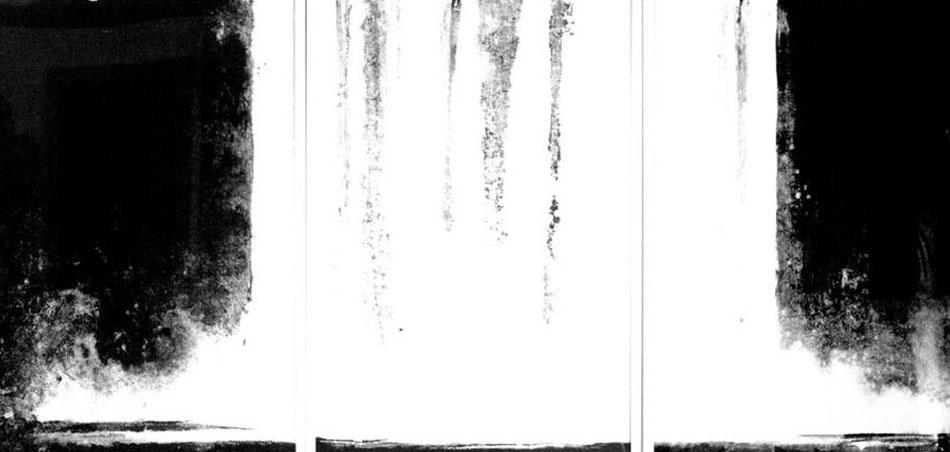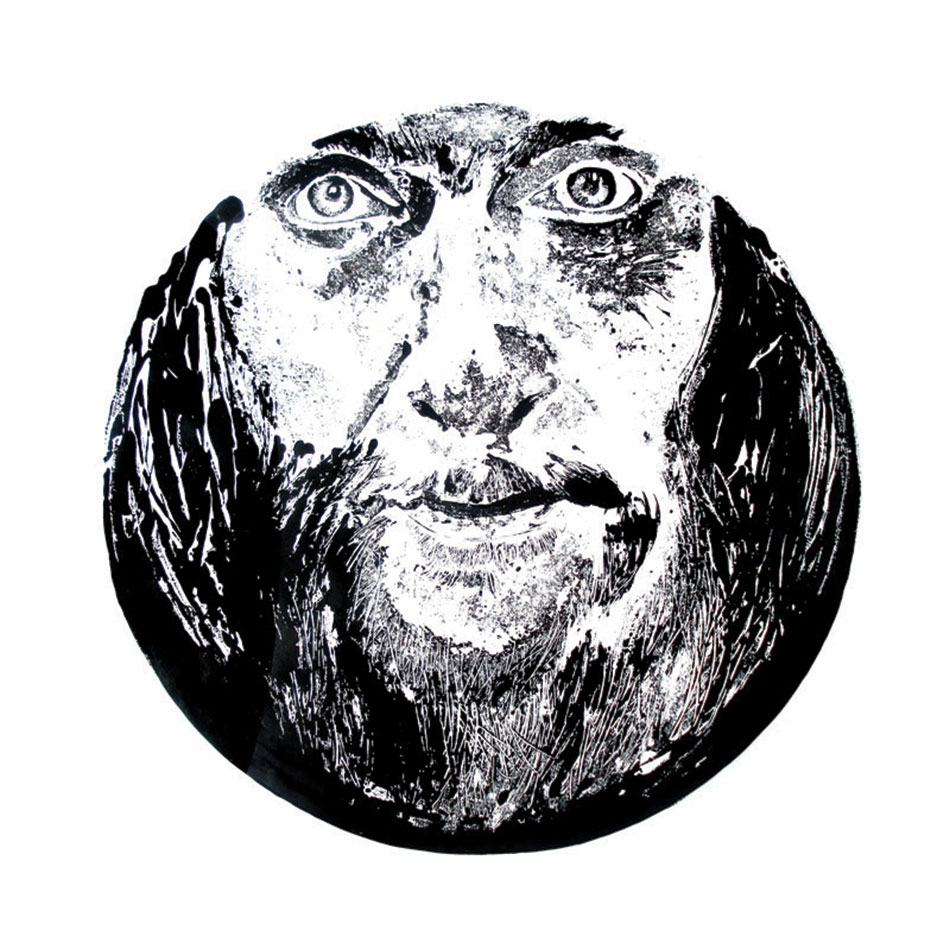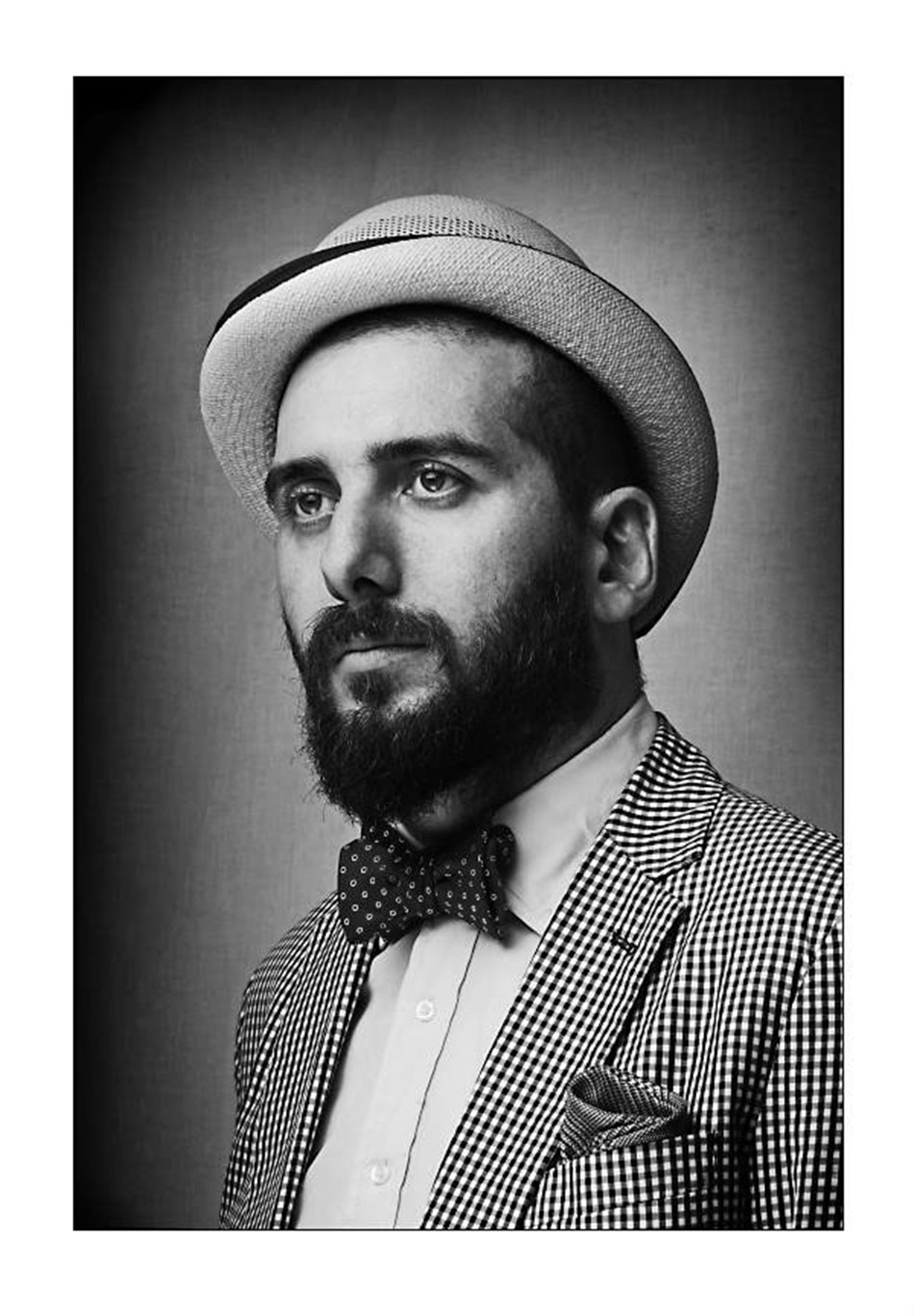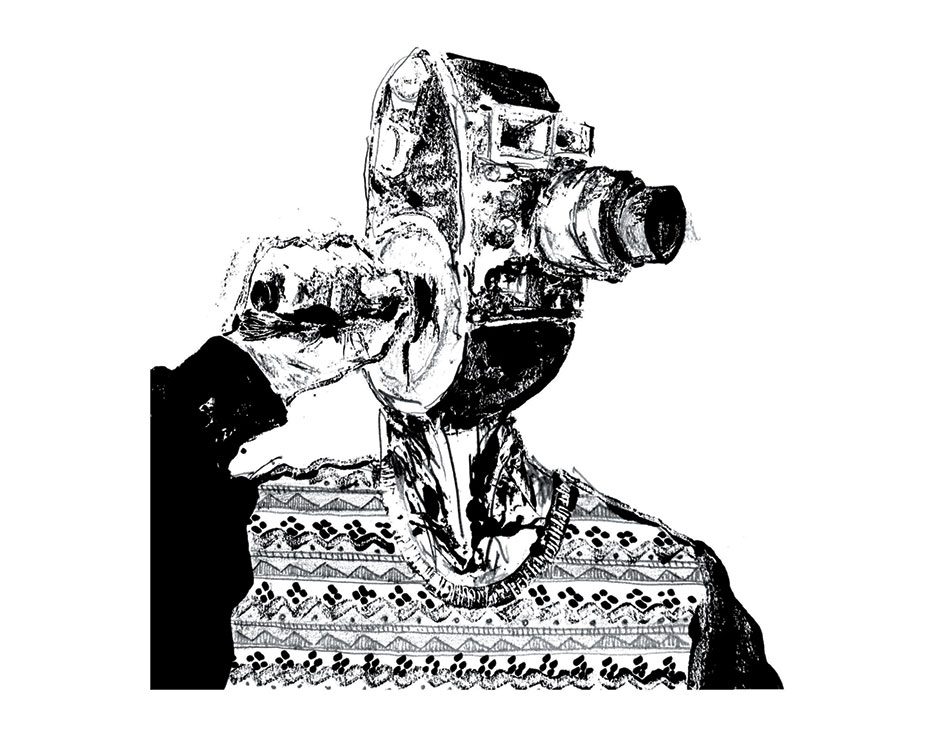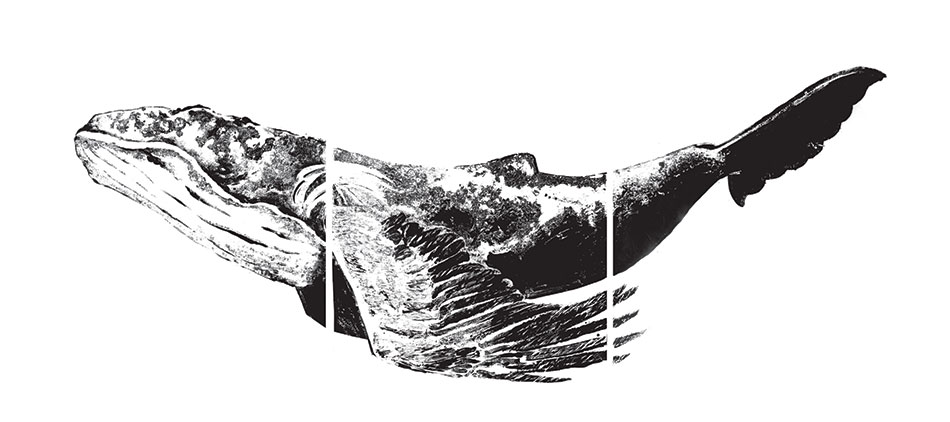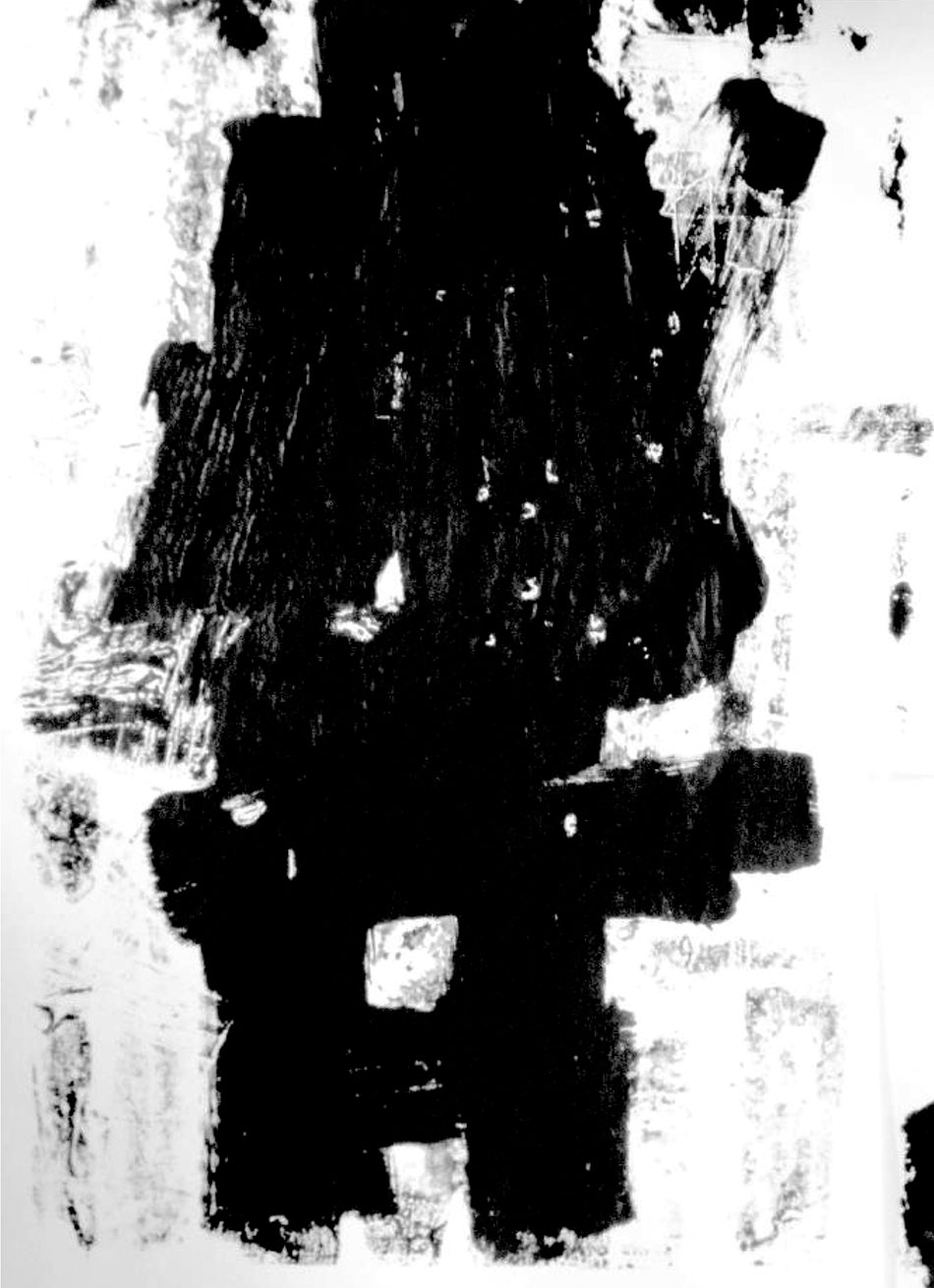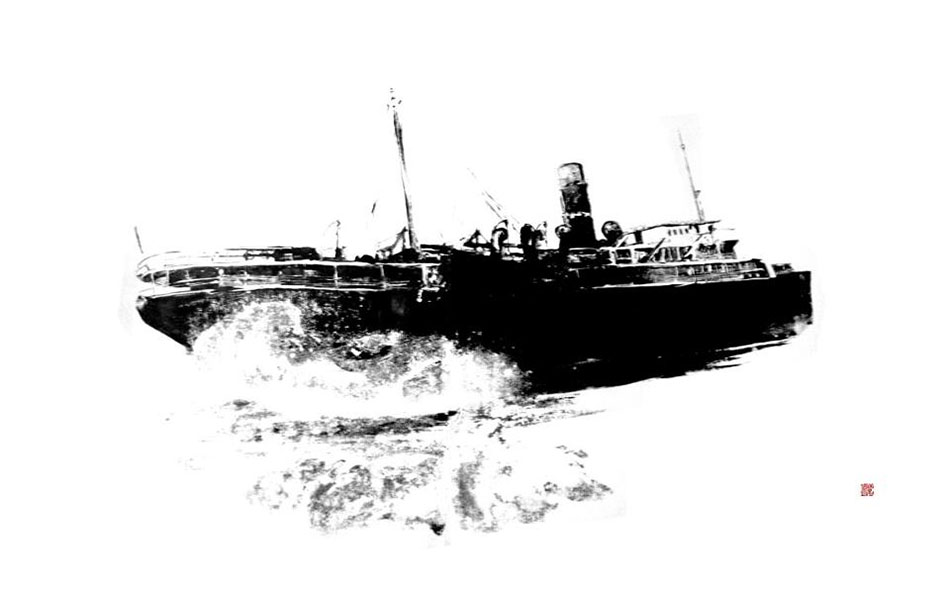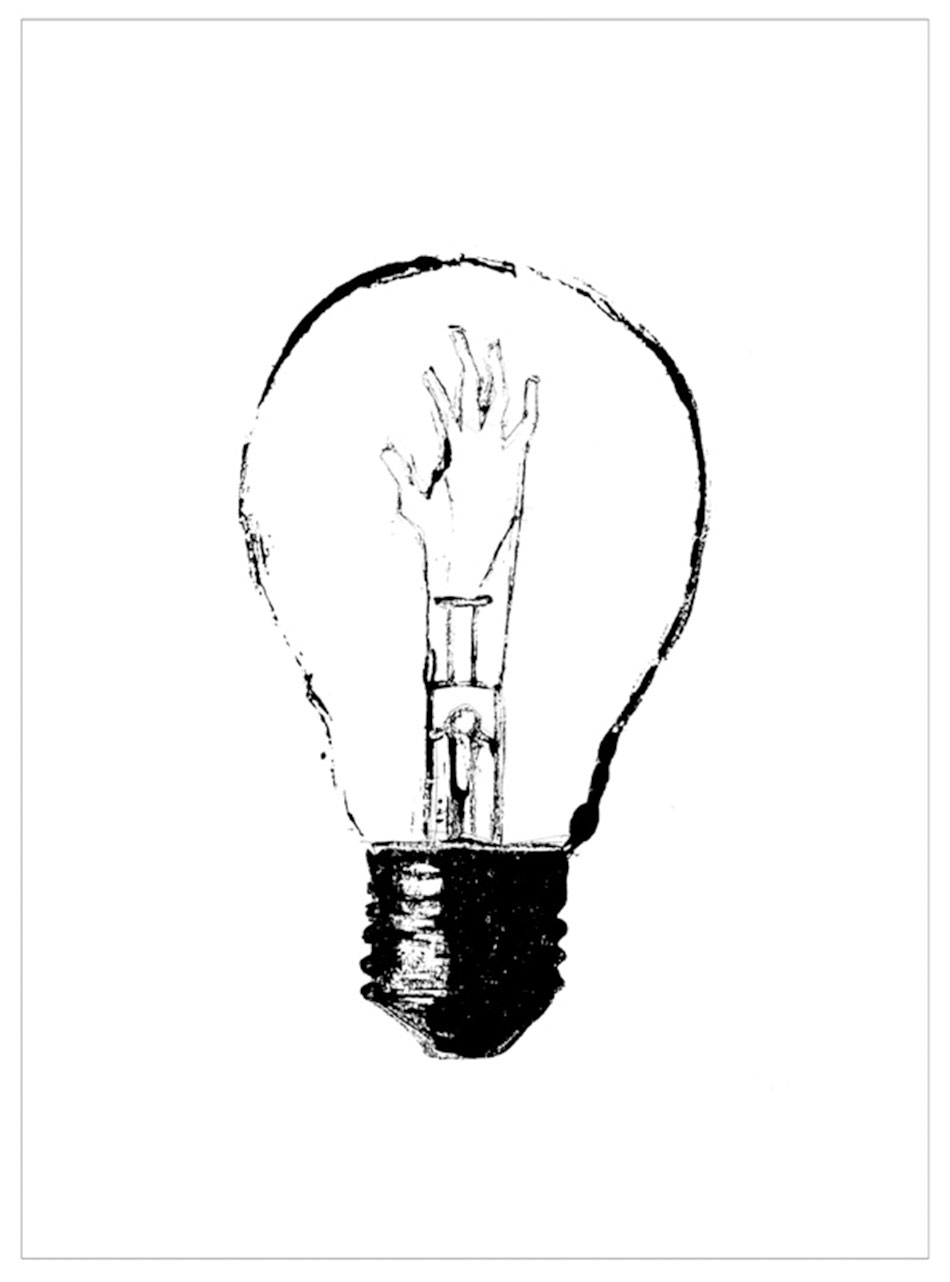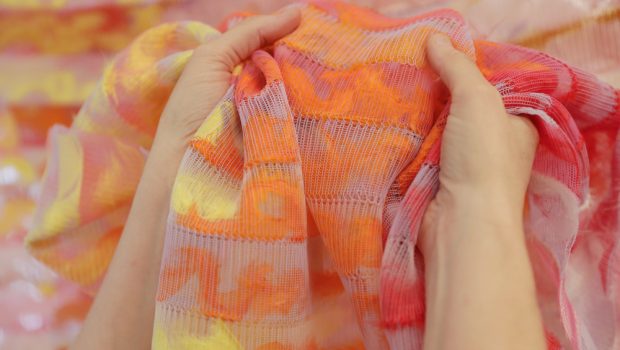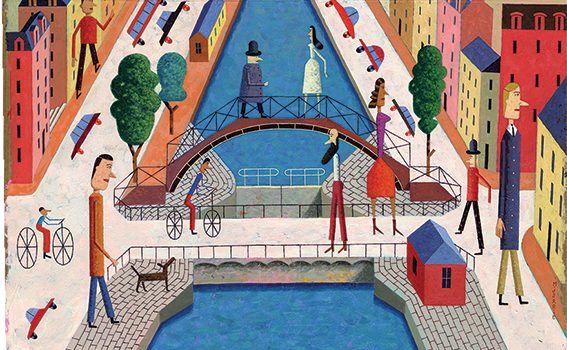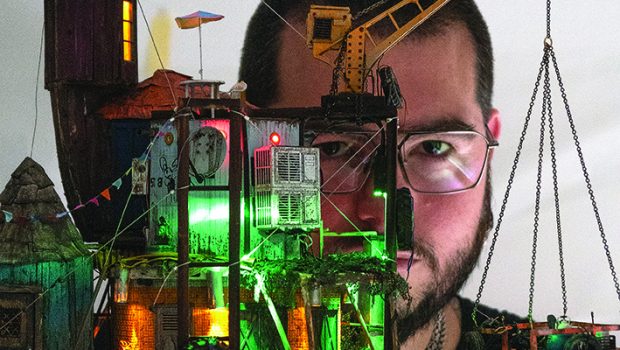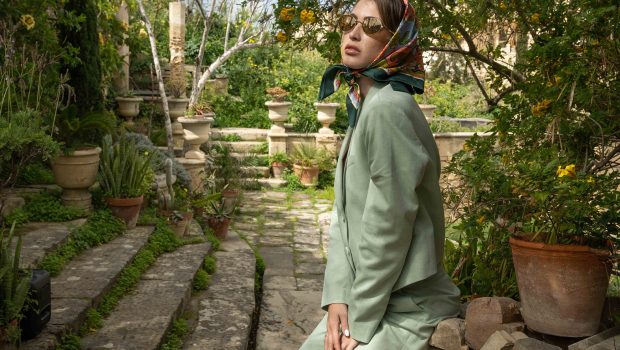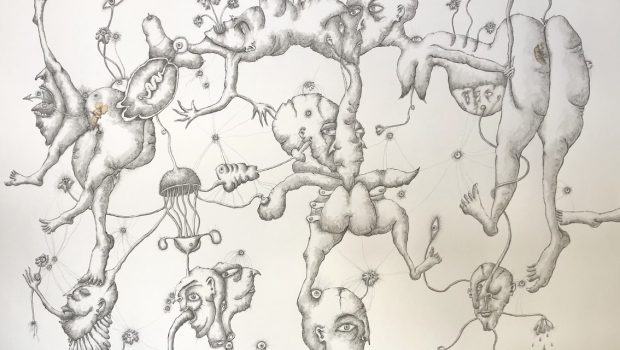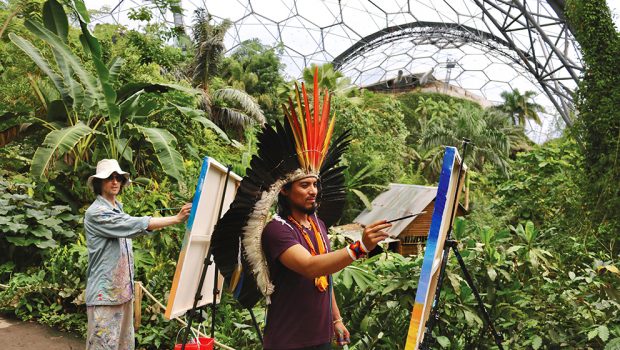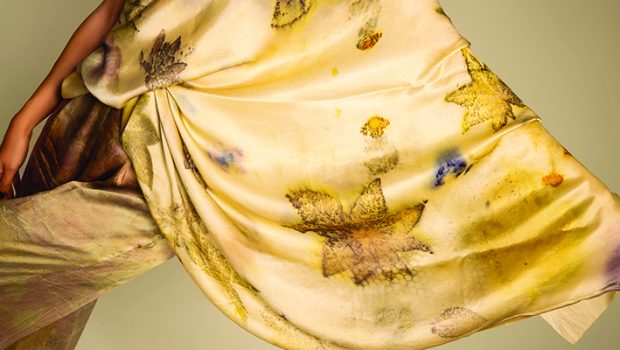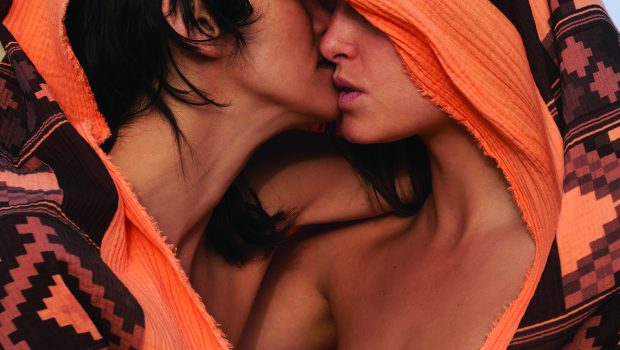Two colour – writing art
Julien Vinet is exhibiting a collection of his art in the gallery of Casa Rocca Piccola until 20 December, organised by Lily Agius...
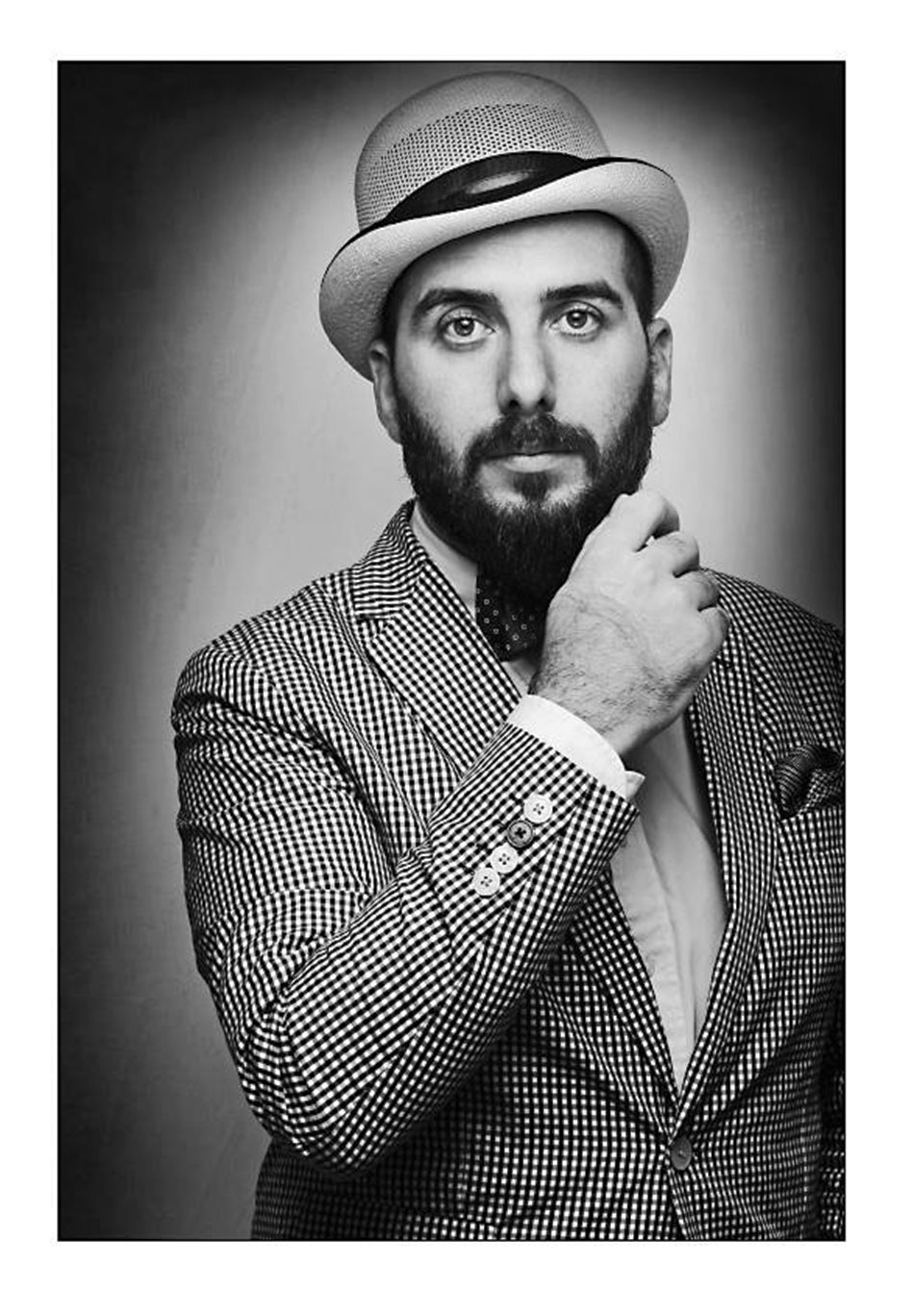
and supported by TheSmartSkinClinic, Fimbank, The Malta Independent, Gochi and Philippe Martinet Fine Wines. Next year, he will be exhibiting at
Lily Agius Gallery in Sliema and also in a collaboration show with photographer Alex Attard. He will also continue to exhibit in Paris and Tokyo.
Two deep black large strokes are projected in a heavy oblong form, each representing anything and everything: an A and an Ω. A branch made of one perfect but jagged stroke goes out of this pedestal to link the ground to the bird that is flying up to it. This fluttering bird, made of only a few brushstrokes, evokes the Platonist idea of a bird – alone, suspended in an invisible sky. It is the perfect archetype… The painting, with this smouldering composition: Bird on a Deadwood 1771, by Ito Jakuchu. This work hangs in the studio of artist JULIEN VINET in Valletta and has seldom been out of his sight since he moved from Tokyo to Malta three years ago. Parisian-born Julien talks to Vamp about his art and life in Japan.
“I got into art when I was really young: I’ve been drawing and creating paintings ever since I can remember. As a child, I already knew I wanted to make a living out of my drawing skills – as a cartoonist, I thought. I went through art college and studied Fine Art at university. While I was there, I met a teacher who’s a friend now, Kkrist Mirror, who has a real passion for art and had a really big influence on me.
After university, I knew that I wouldn’t be able to make money from just painting, so I taught myself how to use Photoshop and managed to talk my way into a graphic design/ illustrating job. In the evenings, I would still paint in my apartment OR at home and eventually, people started to buy my paintings.
I graduated in Fine Arts when I was 22, and decided to leave Paris to spend some time in Japan to experience a new world where writing is a daily art, where a brush is a pen and where ideograms are the find something of an intense graphic culture. I was to stay there for eight years.
Influenced by artists such as Bashou, Buson, Hokusai, Isamu Noguchi, Ikko Tanaka, Kayama Matazo and Takeshi Kitano, I was looking for a new way of interpreting the present, the reality and the obvious.
…“Mixing my european roots with these japanese influences, i began to realise that i could blend forms of expressive art with elements of graphics to create a combination of strokes and textures”…

With my primary works in France as an illustrator I was already working on the idea of deconstructing the clear line by a representation of the subject that would call for the imagination of the spectator, his subconscious sense of aesthetics. In the beginning I was really influenced by people like Ito Jakuchu, Kandinsky, Herbin, Mondrian, Alberto Breccia and all the other Japanese modern calligraphists. The modern Japanese masters have this incredible love of composition and expressive strokes that goes so much further than the shape of the original kanji (ideogram), dismantling the structure of the visual in order to create an unreadable but eloquently soulful kanji. Mixing my European roots with these Japanese influences, I began to realise that I could blend forms of expressive art with elements of graphics to create a combination of strokes and textures – complete with my red stamp.
In Japan, everybody has their own stamp with their name carved on it – nobody has a handwritten signature. So if you want to open a bank account, for example, you need your personal stamp.
One day my calligraphy master, Inomata Sensei, took me to her calligraphy master’s place – a well-known artist and a national treasure who paints for the Emperor and makes the official stamps for the Emperor’s family. We spent an afternoon watching him work and seeing his impressive collection of traditional sumi-e and kakemono while drinking tea. I was impressed but shy, while my master was comfortable in his company, as if they were old friends. In the middle of a conversation, she just asked him if he could engrave a stamp for me, to which he agreed without hesitation. Three weeks after that fantastic afternoon, I had my stamp – a true masterpiece made by a Japanese living treasure. Since that day I have always had it with me and it is printed on every one of my paintings – front or back.”
So my first confrontation with the Japanese painters and calligraphers at the Tokyo National Museum in Ueno drove me much further than I had expected. I dived into a whirlpool of two splendid and highly complementary colours, the black and the white, and that would strongly determine my art. The perfect alchemy of colours, the high and enigmatic sense of composition, the unbelievable techniques, the depth of the drawn ideas and the simplicity and serenity emanating from the works were an ecstatic to me.
As a graphic designer in Tokyo, my work was strongly influenced by all the colourful Japanese pop designs that surround everybody in the megalopolis while in the meantime I was more interested in the black and white drawings I was doing for editing companies. It made me reconsider my career and think about how I could concentrate more on art.
“I got into art when I was really young: I’ve been drawing and creating paintings ever since I can remember. As a child, I already knew I wanted to make a living out of my drawing skills – as a cartoonist, I thought. I went through art college and studied Fine Art at university. While I was there, I met a teacher who’s a friend now, Kkrist Mirror, who has a real passion for art and had a really big influence on me.
After university, I knew that I wouldn’t be able to make money from just painting, so I taught myself how to use Photoshop and managed to talk my way into a graphic design/ illustrating job. In the evenings, I would still paint in my apartment OR at home and eventually, people started to buy my paintings.
I graduated in Fine Arts when I was 22, and decided to leave Paris to spend some time in Japan to experience a new world where writing is a daily art, where a brush is a pen and where ideograms are the find something of an intense graphic culture. I was to stay there for eight years.
…“Mixing my european roots with these japanese influences, i began to realise that i could blend forms of expressive art with elements of graphics to create a combination of strokes and textures”…

Influenced by artists such as Bashou, Buson, Hokusai, Isamu Noguchi, Ikko Tanaka, Kayama Matazo and Takeshi Kitano, I was looking for a new way of interpreting the present, the reality and the obvious.
With my primary works in France as an illustrator I was already working on the idea of deconstructing the clear line by a representation of the subject that would call for the imagination of the spectator, his subconscious sense of aesthetics. In the beginning I was really influenced by people like Ito Jakuchu, Kandinsky, Herbin, Mondrian, Alberto Breccia and all the other Japanese modern calligraphists. The modern Japanese masters have this incredible love of composition and expressive strokes that goes so much further than the shape of the original kanji (ideogram), dismantling the structure of the visual in order to create an unreadable but eloquently soulful kanji. Mixing my European roots with these Japanese influences, I began to realise that I could blend forms of expressive art with elements of graphics to create a combination of strokes and textures – complete with my red stamp.
In Japan, everybody has their own stamp with their name carved on it – nobody has a handwritten signature. So if you want to open a bank account, for example, you need your personal stamp.
One day my calligraphy master, Inomata Sensei, took me to her calligraphy master’s place – a well-known artist and a national treasure who paints for the Emperor and makes the official stamps for the Emperor’s family. We spent an afternoon watching him work and seeing his impressive collection of traditional sumi-e and kakemono while drinking tea. I was impressed but shy, while my master was comfortable in his company, as if they were old friends. In the middle of a conversation, she just asked him if he could engrave a stamp for me, to which he agreed without hesitation. Three weeks after that fantastic afternoon, I had my stamp – a true masterpiece made by a Japanese living treasure. Since that day I have always had it with me and it is printed on every one of my paintings – front or back.”
